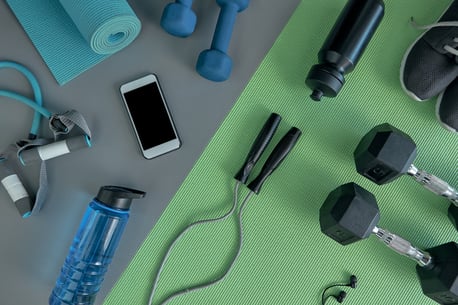 The saying often goes, “success breeds success,” but I’m a big believer that failure leads to just as much and even more success. Being reactive in nature to a situation (as most of our population is) can delay a successful outcome, but often does lead to one. Obviously being proactive, anticipating and avoiding rather than catching and correcting, is a more successful model of living; but we find ourselves in situation we really couldn’t anticipate. There are some lessons to be learned and success that can come from this desperate situation we are all in.
The saying often goes, “success breeds success,” but I’m a big believer that failure leads to just as much and even more success. Being reactive in nature to a situation (as most of our population is) can delay a successful outcome, but often does lead to one. Obviously being proactive, anticipating and avoiding rather than catching and correcting, is a more successful model of living; but we find ourselves in situation we really couldn’t anticipate. There are some lessons to be learned and success that can come from this desperate situation we are all in.
How Can You Exercise When You Can’t Leave Home?
When the lockdown was put in place, many diehard exercisers and movers of all kinds were left clambering for ways to stay fit and active while under quarantine. Then came the barrage of social media posts from people like me offering up super-helpful fitness solutions to not having your favorite gym to go to and the ample equipment to use. The information and help that fitness pros around the world have offered has been inspiring, and I encourage you to continue to implement the strategies and techniques you are learning from real fitness pros (but be a smart consumer of content).
But a great lesson we can learn from this situation is that it is a good thing to have some fitness gear available to you in your home. After the pandemic, there will be many more reasons you might not be able make it to your gym or studio. Just life may alter your ability to get to where all your favorite equipment lies. What is your plan then?
Equipment for Exercising at Home
There are many cost- and space-efficient pieces of fitness survival gear you can have in your home that can keep the momentum going if you are unable to meet with your favorite people at your favorite gym. I’ve created a fitness survival list that you can use immediately or accumulate over time so that you will always have strategies in place to keep moving in a small space.
Cheap and Effective
Here’s some equipment that you can get now.
- Foam rollers: You can do recovery and mobility work anywhere, and you can do it well with the proper tools. But did you know that you can use the foam roller for more than myofascial release? See this video!
- Mini-bands: These are 2 to 3 bucks a pop—easy to use and very effective. And here’s a NIFS video showing you how to use them for a big sweat.
- Super bands: There is so much you can do with these bigger bands, and they are still very inexpensive. Here’s a NIFS video using super bands for resistance.
- Sliders: There are many things you can use for sliders, such as furniture movers, towels, and paper plates. Sliders can used for lunges, hinging, and core work. Here’s a NIFS video of slider exercises.
- Tubing: Continuing with the band resistance, tubing with handles is a great tool to perform countless exercises.
- Stability ball: This ball can be used for core work, and upper and lower body strength work, and you can sit on it while you work from home! Here’s a video using the stability ball.
Equipment for Leveling Up
The following equipment items cost a little more, but they have a lot more capabilities.
- TRX Suspension Trainer: Fitness anywhere is their name for a reason. You can use the TRX anywhere and can perform thousands of movements in a small space. Enhance strength, stability, cardio, core strength—TRX can do it all. Here’s our video using the TRX outside.
- Sandbag: Providing a dynamic load in a multitude of movements makes the sandbag a nice addition to your fitness survival gear. Here’s a video using the sandbag in a squat and press.
- Kettlebell: Add some load to your movements. You can perform so many movements with just one kettlebell. Here’s a video of the kettlebell triplet.
- Weighted vest: Add load to bodyweight movements and go for a nice long walk, or Ruck!
As another saying goes, success favors the prepared. There are some quick, easy, and relatively inexpensive means to keep moving at home—right now and in the future, no matter the reason you are not able to get out of the house.
We will be getting back to the gym really soon, and I can’t wait for that day to come to see you all getting after it in the place you call your fitness home. Until then, make your home a place for fitness!
This blog was written by Tony Maloney, ACSM Certified Exercise Physiologist and Fitness Center Manager. To find out more about the NIFS bloggers, click here.


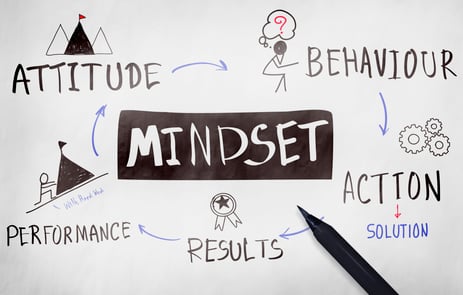 During these unprecedented times of self- and mandated quarantines and stay-at-home orders, it can be easy to slip into a negative mindset accompanied by fear of the unknown and worry about how you are going to get through this. Self-quarantine does not have to be void of self-improvement. Social media is drenched with ideas and strategies to keep up your physical fitness at home with a million bodyweight workouts and DIY fitness equipment ideas. I’m partial to the elite content that the NIFS pros are providing daily, obviously, but there is no shortage of methods out there to keep moving at home. But what about emotional and mental fitness, and how to continue the work on YOU that makes us strong individuals inside and out?
During these unprecedented times of self- and mandated quarantines and stay-at-home orders, it can be easy to slip into a negative mindset accompanied by fear of the unknown and worry about how you are going to get through this. Self-quarantine does not have to be void of self-improvement. Social media is drenched with ideas and strategies to keep up your physical fitness at home with a million bodyweight workouts and DIY fitness equipment ideas. I’m partial to the elite content that the NIFS pros are providing daily, obviously, but there is no shortage of methods out there to keep moving at home. But what about emotional and mental fitness, and how to continue the work on YOU that makes us strong individuals inside and out?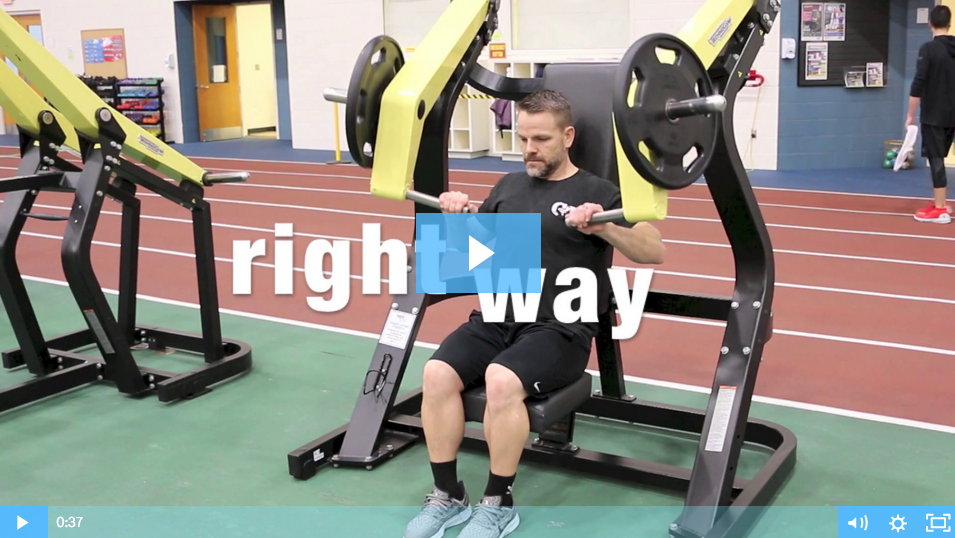
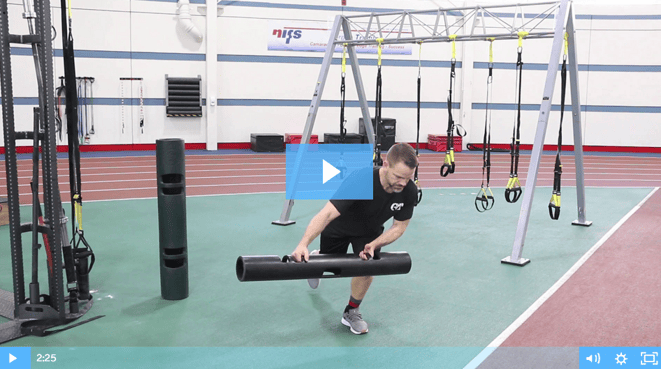
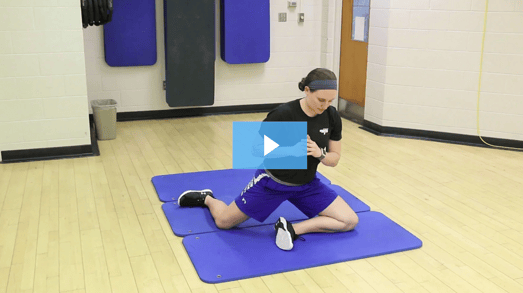
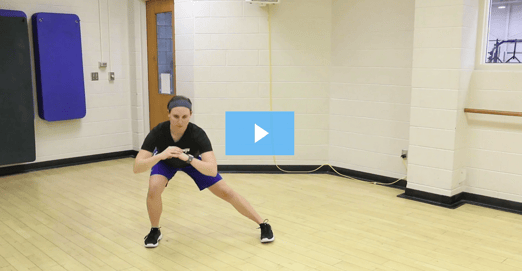
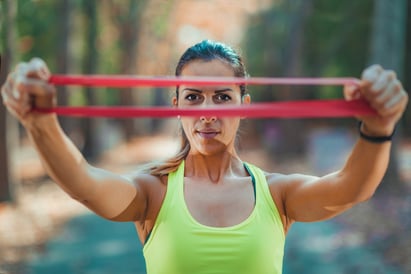 In a world where in many cases bigger is better, just because something is small doesn’t mean it’s less important or can’t have big impact. Being short in stature my entire life, it has always been my motto that “dynamite comes in small packages,” and I have strived to create as much BANG as I can in all facets of life. Small in stature can provide big results when you light the proper fuse and utilize its power maximally.
In a world where in many cases bigger is better, just because something is small doesn’t mean it’s less important or can’t have big impact. Being short in stature my entire life, it has always been my motto that “dynamite comes in small packages,” and I have strived to create as much BANG as I can in all facets of life. Small in stature can provide big results when you light the proper fuse and utilize its power maximally.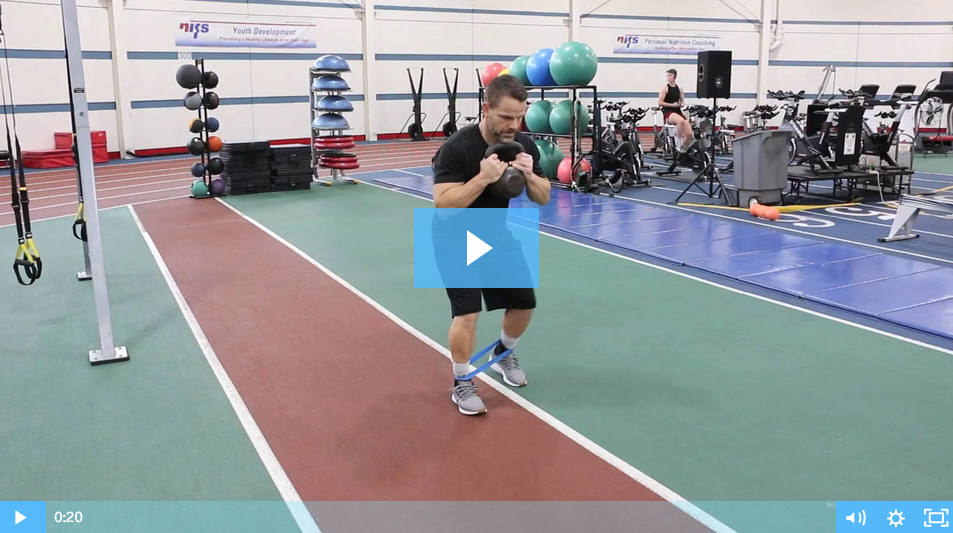
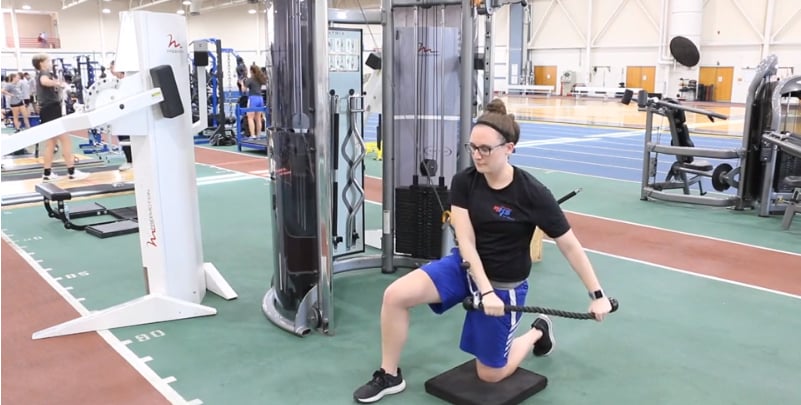
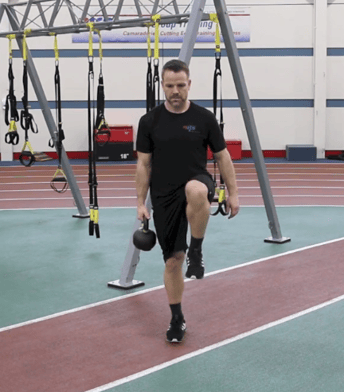 Humans have the ability to become and remain stable throughout any movement, from walking, to lunges, to power cleans. Increased stability typically correlates with increased performance.
Humans have the ability to become and remain stable throughout any movement, from walking, to lunges, to power cleans. Increased stability typically correlates with increased performance.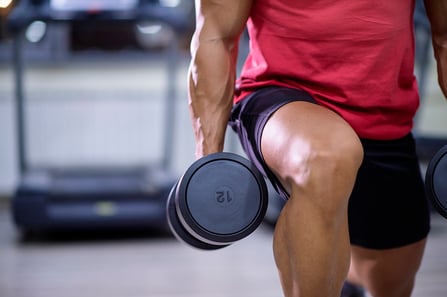 For some people, leg day at the gym is the greatest single day of the week. For others, however, there couldn’t be a more grueling and loathsome experience. We all know that leg workouts are essential to our total-body fitness plans and that there are consequences to not doing leg day, like becoming internet memes.
For some people, leg day at the gym is the greatest single day of the week. For others, however, there couldn’t be a more grueling and loathsome experience. We all know that leg workouts are essential to our total-body fitness plans and that there are consequences to not doing leg day, like becoming internet memes.